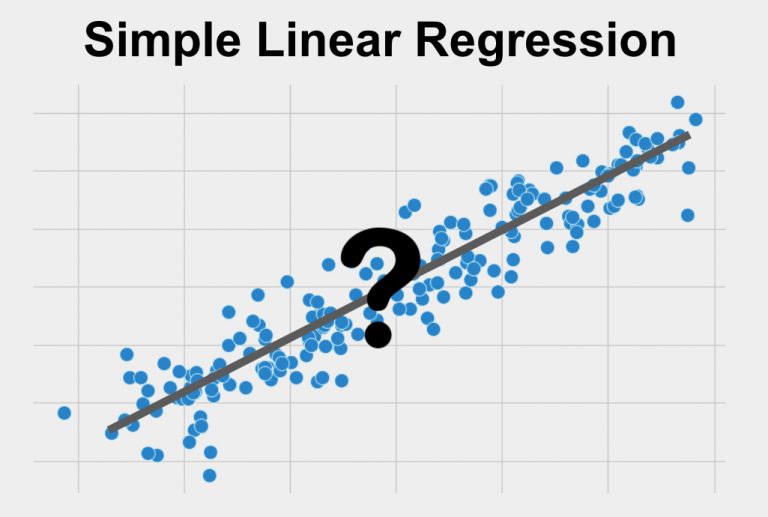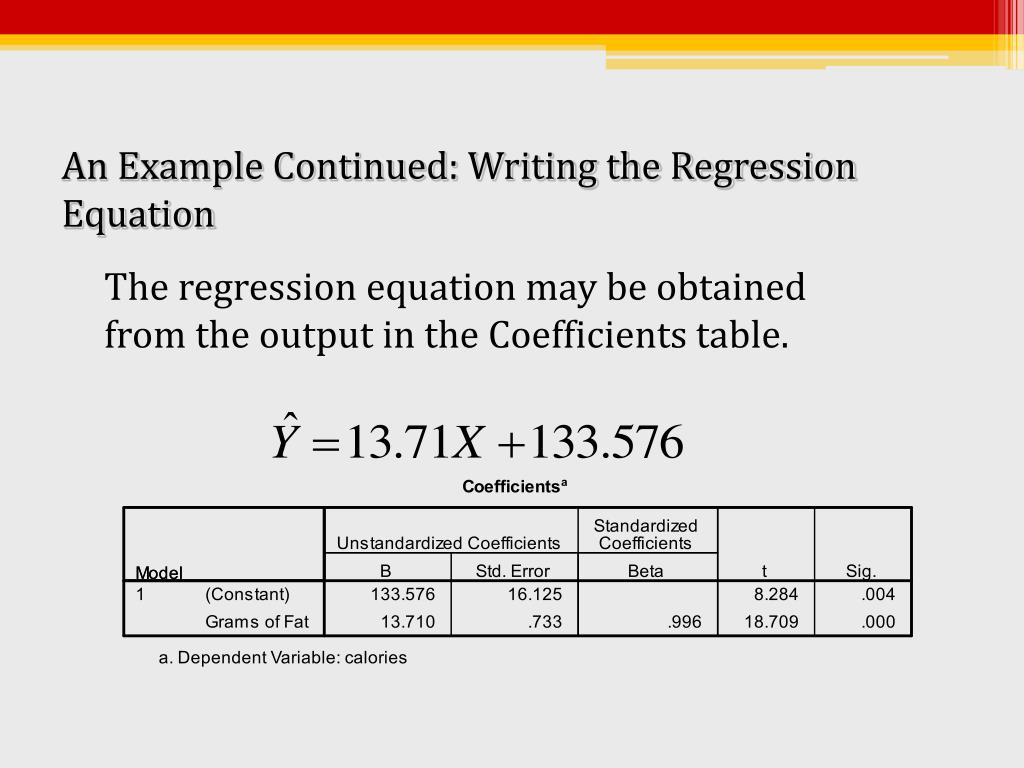


They may look in a mirror and not see themselves. Other times, they are fully dissociated and not aware that they have regressed. Sometimes they are aware of these changes, but they don't feel like they have control of them. They may talk in a more childlike voice and have childlike mannerisms. They may feel like themselves, but yet not feel the right age.
Age regression examples full#
When people with DID age regress, it's not always a full dissociation or switch to another alter. Age Regression in Dissociative Identity Disorderīecause people with DID have a history of childhood trauma, they are more susceptible to age regression. People may or may not be aware they are regressing. There is no limit to how much a person can regress. While not inherently harmful, regressing can be dangerous if the person is not in a safe place.Īge regression is common in people who have experienced trauma, especially abuse in childhood. Age regression can occur spontaneously, or as is more often the case, because of a trigger. So what is age regression, and how do you cope with it? What Is Age Regression and Who Experiences It?Īge regression, in its simplest definition, is when a person regresses, or goes backward, in age. While many people with DID have young or child alters, called littles, age regression is something different.

Age regression occurs in dissociative identity disorder (DID) particularly, but also in other mental illnesses such as posttraumatic stress disorder (PTSD) and major depressive disorder.


 0 kommentar(er)
0 kommentar(er)
